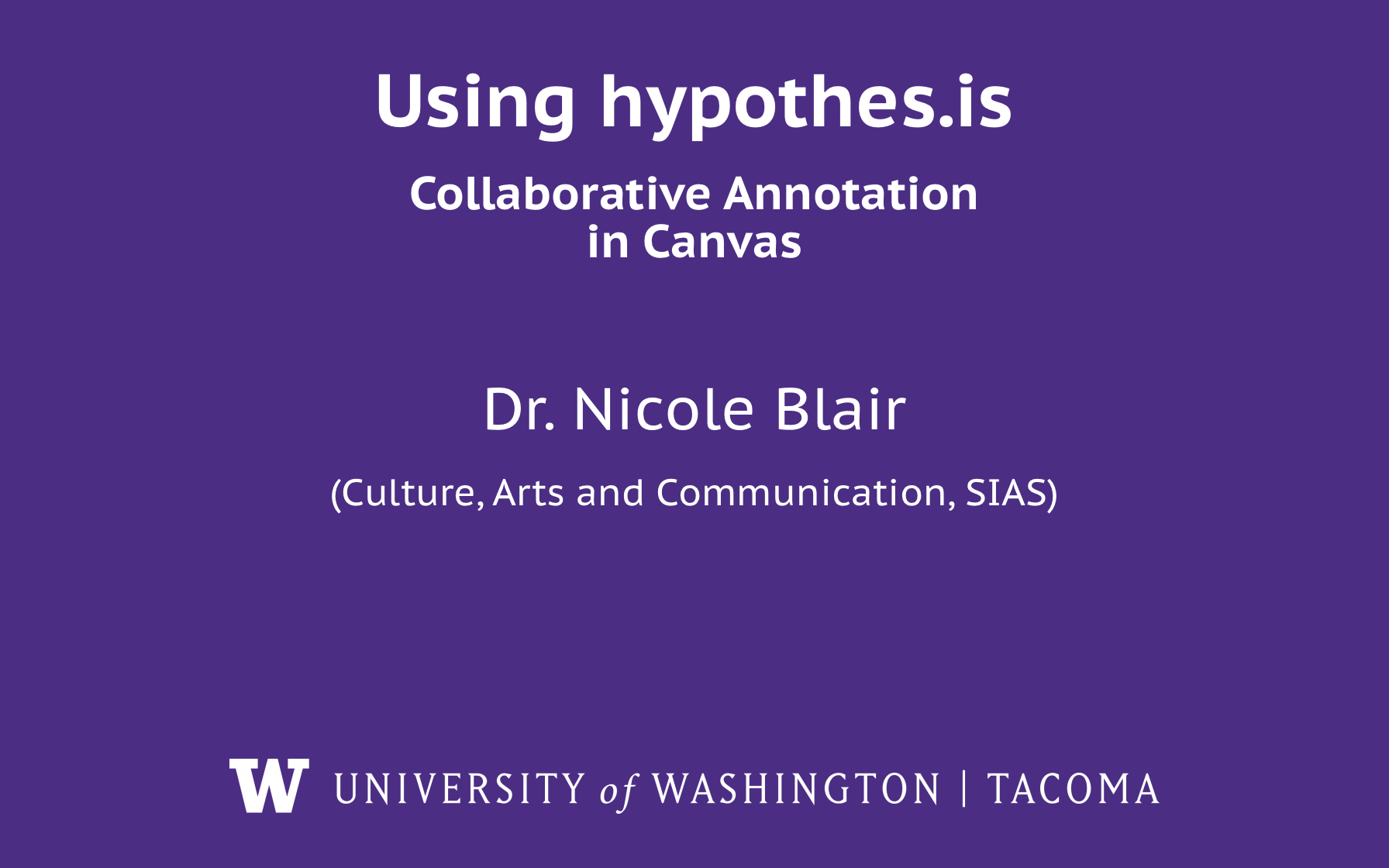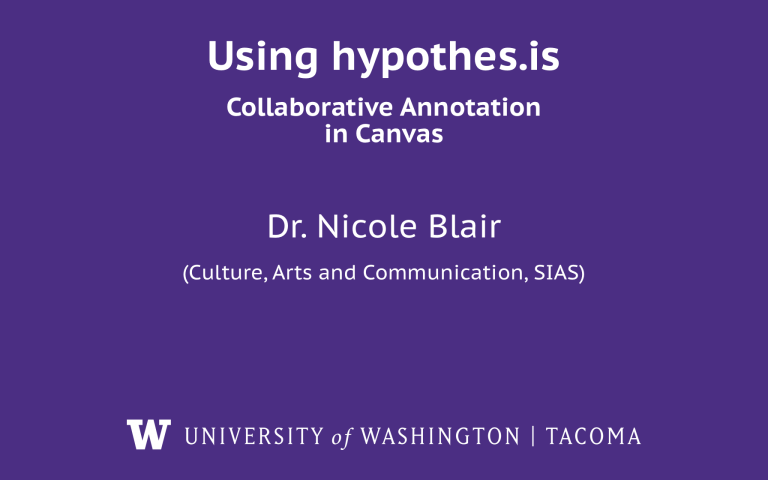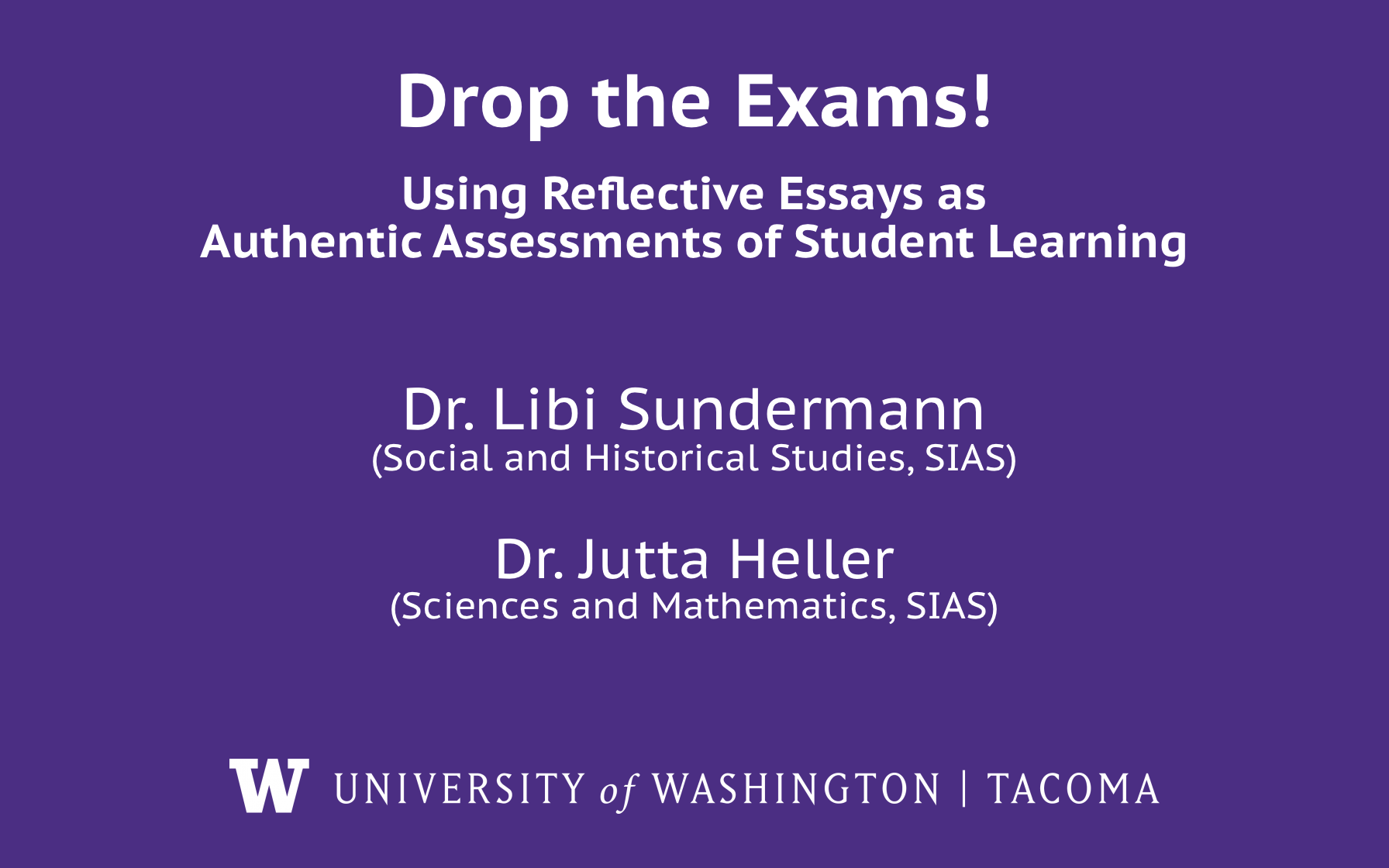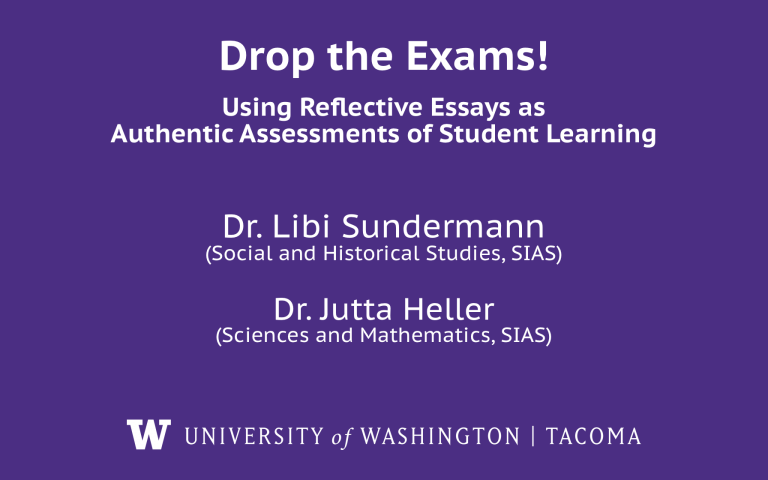In April of this year, the Department of Justice finalized changes to Title II of the Americans with Disabilities Act (ADA), establishing new requirements for universities (and many others). Critically, all website and app content, whether password protected or not, must meet Web Content Accessibility Guidelines (WCAG) 2.1 Level AA standards by April 2026.
In this series of Teaching Tips we aim to provide helpful information for creating accessible content from the beginning, which will save you a lot of time and effort compared to remediating (revising, correcting, or even re-creating) your course materials later. The best part: you don’t need to be a technical wizard or accessibility specialist to create accessible materials!
This Tip focuses on creating accessible content using Canvas’s own tools. In later Tips we will go into more detail for content created using other software and applications, including documents and media.
Check it out in the most recent of our Tips ‘n Techniques series: Accessible By Design: Canvas












